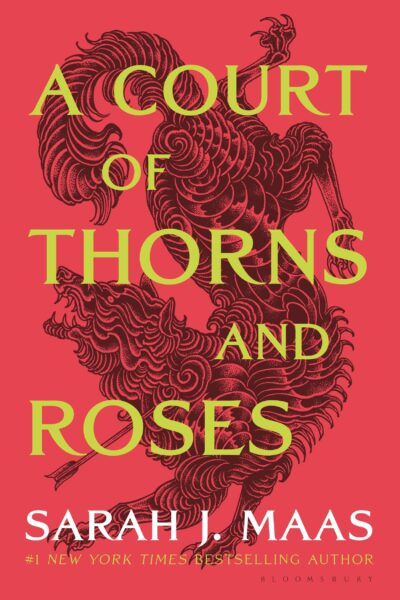Chapter 43: Feyre’s Final Trial and Sacrifice
byIn Chapter 43, Feyre, the protagonist, finds herself standing on the threshold of her final trial in Amarantha’s cruel and twisted game. She is dressed in her old, worn-out tunic and pants, an image that starkly contrasts with the lavishness of the surroundings, yet speaks volumes about her emotional state. The tension in the air is thick as Feyre is escorted to the throne room to face what will become the most harrowing challenge of her life. Contrary to her expectations, Feyre is not met with mockery or disdain. Instead, the fae surrounding her exhibit a mix of solemn respect, acknowledging her courage in the face of certain death.
Amarantha, the antagonist, taunts Feyre, heightening the already oppressive atmosphere. She tells Feyre that her final task will be the hardest, the one that will either break her or secure her survival, casting an air of inevitability around the trial. The fae in attendance, from high-ranking members of the courts to others who have witnessed Feyre’s struggles, are silent as they observe her, some perhaps out of fear, others out of respect for her resilience. The rising tension is palpable as Feyre, despite the odds stacked against her, stands resolute, determined not to succumb to the cruelty of her captor.
The task before Feyre is nothing short of monstrous: she must take the lives of three innocent faeries with ash daggers, an ordeal that forces her to wrestle with the essence of her humanity. The victims, hooded and unaware of their fate, serve as an unrelenting test of her resolve. As she kills the first faerie, a young male who pleads for his life, Feyre’s internal conflict deepens. Despite the overwhelming horror of taking an innocent life, she rationalizes her actions, telling herself that her survival is paramount, even if it means sacrificing her own humanity.
As she moves to kill the second faerie, Feyre’s resolve wavers. The task turns into a deeper psychological trial, one that forces her to confront the brutal reality of her actions. She faces not just the external danger of the trial, but the internal battle between her survival instincts and the moral cost of taking innocent lives. Each decision weighs heavily on her, and with each faerie she kills, she becomes more detached from the woman she once was. The echoes of her past life as a human, with all the innocence she once had, seem to fade as she becomes more enmeshed in her grim role.
In the final moments of the trial, the true depths of Feyre’s torment are revealed. The third and final victim is the one person whose life is the most precious to her—Tamlin. Her heart breaks as she realizes that she must choose between her love for him and her obligation to complete the trial. This revelation, this impossible choice, sends Feyre spiraling into an emotional abyss. The task, initially presented as a test of survival, has morphed into a test of the very fabric of her soul. Can she save the man she loves, or will she sacrifice him to complete her task and ultimately save the faerie realm?
Feyre’s inner conflict is a reflection of the broader themes explored in the chapter—sacrifice, moral ambiguity, and the unrelenting pull of duty versus personal desire. The physical brutality of the trial is matched by the emotional and psychological weight of Feyre’s choices, and her ability to hold on to her humanity in the face of such insurmountable odds. As the chapter draws to a close, Feyre is left in a state of profound emotional turmoil, unsure of how she will ever reconcile the actions she has taken with the person she once was and the woman she is becoming.
As the story unfolds, Feyre’s emotional journey mirrors the larger narrative themes of sacrifice, redemption, and the complexities of love and duty. Each moment of the trial strips away layers of her humanity, exposing the raw, vulnerable core of who she is, even as she struggles to maintain control over her emotions and actions. The brutality of the task, the moral challenges she faces, and the overarching threat of Amarantha’s sadistic game all combine to create a narrative rich in tension, introspection, and heartbreak.


